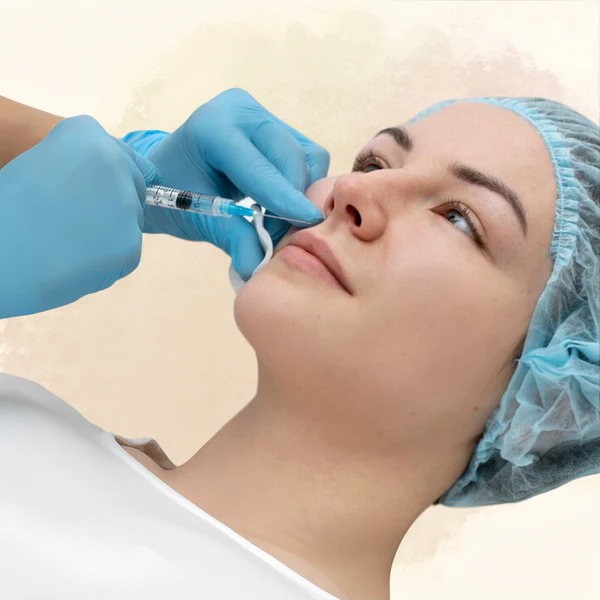Advanced Techniques for Tooth Extraction
- Huda Batool
- Feb 14
- 3 min read
Tooth extraction is a common dental procedure performed to remove teeth that are damaged, decayed, or causing oral health issues. Over the years, advancements in dental technology and surgical techniques have significantly improved the process, making extractions safer, less painful, and more efficient. This article explores the advanced techniques for tooth extraction cost and how they contribute to better patient outcomes.
When Is Tooth Extraction Necessary?
Tooth extraction is recommended in various situations, including:
Severe tooth decay or infection
Impacted wisdom teeth
Advanced periodontal disease
Overcrowding of teeth
Broken or fractured teeth beyond repair
Preparation for orthodontic treatment
With modern advancements, dentists and oral surgeons now use sophisticated techniques to ensure smooth extractions with minimal discomfort and a faster healing process.

Types of Tooth Extraction
Tooth extractions are generally categorized into two types:
1. Simple Extraction
This procedure is performed on visible teeth that can be easily accessed. The dentist loosens the tooth using an elevator and removes it with forceps. Local anesthesia is used to numb the area, making the process painless.
2. Surgical Extraction
A surgical extraction is required for teeth that are not easily accessible, such as impacted wisdom teeth or broken roots. This procedure is more complex and may involve making an incision in the gum to remove the tooth.
Advanced Techniques for Tooth Extraction
With technological advancements, several new techniques have emerged, making extractions more precise and less invasive.
1. Piezoelectric Surgery
Piezoelectric surgery is a cutting-edge technique that uses ultrasonic vibrations to cut through bone without damaging soft tissues. This technique offers several benefits, including:
Minimal trauma to surrounding structures
Reduced bleeding and swelling
Faster healing process
2. Laser-Assisted Extraction
Lasers have revolutionized various dental procedures, including tooth extractions. Laser-assisted extraction involves using dental lasers to:
Cut through soft tissue with minimal bleeding
Sterilize the extraction site
Reduce pain and inflammation
Accelerate healing
This method is particularly useful for patients with high anxiety or those who want a minimally invasive procedure.
3. Minimally Invasive Extraction (Micro-Surgery)
Minimally invasive techniques use specialized instruments to remove teeth with the least amount of trauma. These techniques involve:
Microsurgical tools for precise incisions
Smaller surgical access points
Enhanced visualization with magnification devices
This approach reduces post-operative discomfort and speeds up recovery time.
4. Coronectomy
Coronectomy is a technique used primarily for impacted wisdom teeth. Instead of extracting the entire tooth, only the crown is removed, leaving the roots intact. This method is beneficial in cases where removing the root could damage nearby nerves or other structures. The advantages of coronectomy include:
Lower risk of nerve damage
Reduced post-operative complications
Preservation of jawbone integrity
5. Platelet-Rich Fibrin (PRF) for Faster Healing
Platelet-Rich Fibrin (PRF) is a technique that enhances healing after tooth extraction. PRF is derived from the patient's own blood and is rich in growth factors that promote tissue regeneration. It is applied to the extraction site to:
Reduce the risk of dry socket
Speed up tissue healing
Improve post-operative comfort
6. Computer-Guided Extraction
Advanced imaging techniques such as CBCT (Cone Beam Computed Tomography) allow dentists to plan extractions with high precision. Using computer-guided extraction:
Reduces surgical errors
Improves accuracy in complex cases
Enhances patient safety
This method is especially beneficial for impacted teeth or patients with unique anatomical challenges.
7. Use of Biodegradable Sutures and Membranes
For surgical extractions, biodegradable sutures and membranes are now used to improve healing. These materials:
Reduce the need for suture removal
Enhance soft tissue healing
Lower the risk of infection
Post-Extraction Care and Recovery
Following an advanced tooth extraction procedure, proper aftercare is crucial for a smooth recovery. Some key post-extraction tips include:
Pain Management: Over-the-counter pain relievers or prescribed medications can help reduce discomfort.
Ice Packs: Applying an ice pack to the affected area helps minimize swelling.
Soft Diet: Eating soft foods and avoiding hard, crunchy items can prevent irritation.
Avoid Smoking and Alcohol: Smoking and alcohol can delay healing and increase the risk of complications.
Proper Oral Hygiene: Rinsing gently with warm salt water and maintaining oral hygiene helps prevent infections.
Follow-Up Appointments: Regular check-ups ensure that healing is progressing well.
Conclusion
Advanced techniques for tooth extraction cost in Dubai have significantly improved patient experiences by making procedures less invasive, reducing recovery time, and enhancing overall comfort. With the use of laser technology, ultrasonic tools, platelet-rich fibrin, and computer-guided extractions, dentists can now perform extractions with greater precision and efficiency. Patients who require tooth extractions should consult their dentist to explore the most suitable technique for their specific needs.








Comments